I’ve had a number of good comments following the release of Part 1. Many thanks and I hope you enjoy Part 2.
John says
“to help improve tactically, you need to cover three areas – practice, position and pace. The first one is quite simple – get more court time (or at home/outside) and practice the technical aspects of the shots. Rarely do you see this happening at clubs and almost not at all at the social level. The second thing is position. If you are in the wrong place then despite your brilliant technical ability the return is almost certainly going to put you under more pressure. The third thing is pace. There are two aspects to this – the pace of the game and the pace of your game.”
I agree with these points and like the 3 P’s idea. Very few players actually practice. At social and league level, especially with intermediate standard players, generally they are more interested in playing than learning. This is odd because they all want to win more games but do not wish to do what it takes to create the conditions to win.
What I would add here is that you need to be careful. The old saying “practice makes perfect” is complete nonsense.
Why?
Here’s the truth…PERFECT PRACTICE MAKES PERFECT.
In other words, if you are practicing and have poor technique, then all you will do is make further embed this poor technique. You may find you become a little more consistent but, all you are doing is creating a technique which becomes more difficult to change. Practice with a trained eye first so the technique is locked in. Then practice on your own and you will be closer to achieving the skill.
Let’s take a look at the comment about position. John is correct in respect that if you are not position to play the shot then the chances of you performing it to the best of your ability are severely hindered. Having a trained eye watching you in play is useful if all players agree to allow the game to be stopped and players corrected. Sadly this is rare in league and social badminton, but would be massive help to all players and help them gain understanding of theirs and their partners positioning good and bad and what this really means by being out of position.
The final “P” is pace. I will be revisiting this later in the series.
John also mentioned that at certain levels of play, the only tactic is to retrieve the shuttle. I believe this is true of most levels of play until you become advanced and are planning your assault rather than reacting to what happens in each rally. And, this is what tactics are. They are planning how to systematically beat your opponent. Therefore every shot you play has a purpose behind it – the purpose is winning the point by design rather than luck or unexpected opportunity.
Using Your Checklist
In Part 1 I provided a shortened check list for you so you can consider your own strengths and weaknesses. Hopefully you’ve completed this and now you’re wondering what to do with it.
First of all, let’s take a look at the areas you scored highest for consistency and accuracy. These are most likely your favourite and your fail safe shots when the going gets tough- otherwise known as your percentage shots. These are the shots that make you predictable and yet also keep you steady.
Remember these shots as they can be your saviour.
With the low scoring shots, this provides your greatest opportunity for improvement. Create an order of priority and seek help to confirm you have the correct priority for you and improve on just one area at a time. When this becomes a favourite or percentage shot then move on to another area of your game.
In case you’re wondering why I am suggesting working on your weaknesses rather than playing to your strengths, then there is a good reason. I will add here that as each player will have different scores in their list, there are always multiple scenarios with regard to priority and that’s why I believe you need to seek help prior to commencing any training for improvement.
To answer the question of training your weaknesses rather than your strengths here’s my reasoning.
1) Weaknesses tend to gift away points in a match and therefore by simply reducing the number of gifts you hand out, this can immediately increase your chances of winning.
2) By adding shots and skills to your repertoire, inevitably you will become a more rounded player. This in turn may allow you to play a variation of replies rather than your predictable returns. You are then less predictable which ensures your opponents cannot anticipate your return as they did previously.
Now that you understand how to use this checklist, I encourage you to write a similar checklist on your doubles partners. From this, especially note their favourite shots – the predictable shots. Also note when these shots tend to be used.
Why is this important?
If you can predict what your partner will play from given situations, then this will give you the advantage to position yourself for the possible returns. E.g. if you know your partner plays a drop shot to the centre from deep forehand rear court, then you adjust your position to possibly cut put returns to the opposite corner whilst still keeping a watchful eye on net returns.
Sharing this information with your doubles partners will make you a stronger pair. If you have complimentary strengths and weaknesses then this is even better.
Having undertaken this exercise for yourself and your doubles partners, why not have a go at measuring other players in your club. Again, look for the favourite – predictable shots. As you progress and get faster at analysing other players, both you and your partners should use this same method on your opponents.
Use any data you notice by mentioning it to your partner, which will help you build up a data base of the favourite shots used by your opponents. Knowing this will then allow you to design a game plan in terms of where to move for each of you when hitting into certain areas. You are then playing for a certain return, perhaps for the first time, with the knowledge of what you will do when your opponents hits the shot.
This is an important first step in designing tactics in badminton to beat your opponent and win the game.
There’s a lot of work for you here but I’m sure you can see that benefits of using this information to improve your skills and also to begin assessing your opponents in a way you may not have done before.
As you progress, you will find that your ability to size up an opponent will speed up. This in turn will present even greater opportunities for you to win.
In the next part of this series of articles you will discover how to build on this knowledge to commence the journey of moving from intermediate to high intermediate standard. Enjoy!
Not seen part 1 yet? Here is the link:
Designing Winning Tactics In Badminton – Part 1
Your comments regarding this article are welcome.


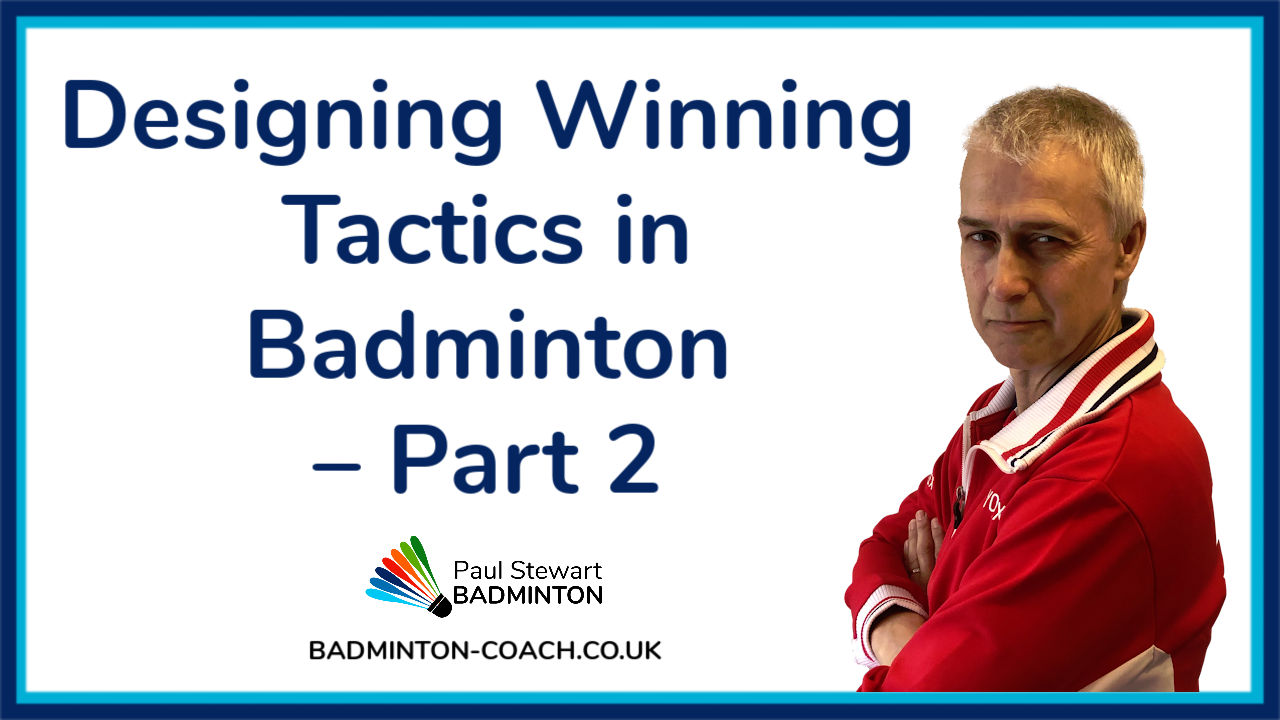
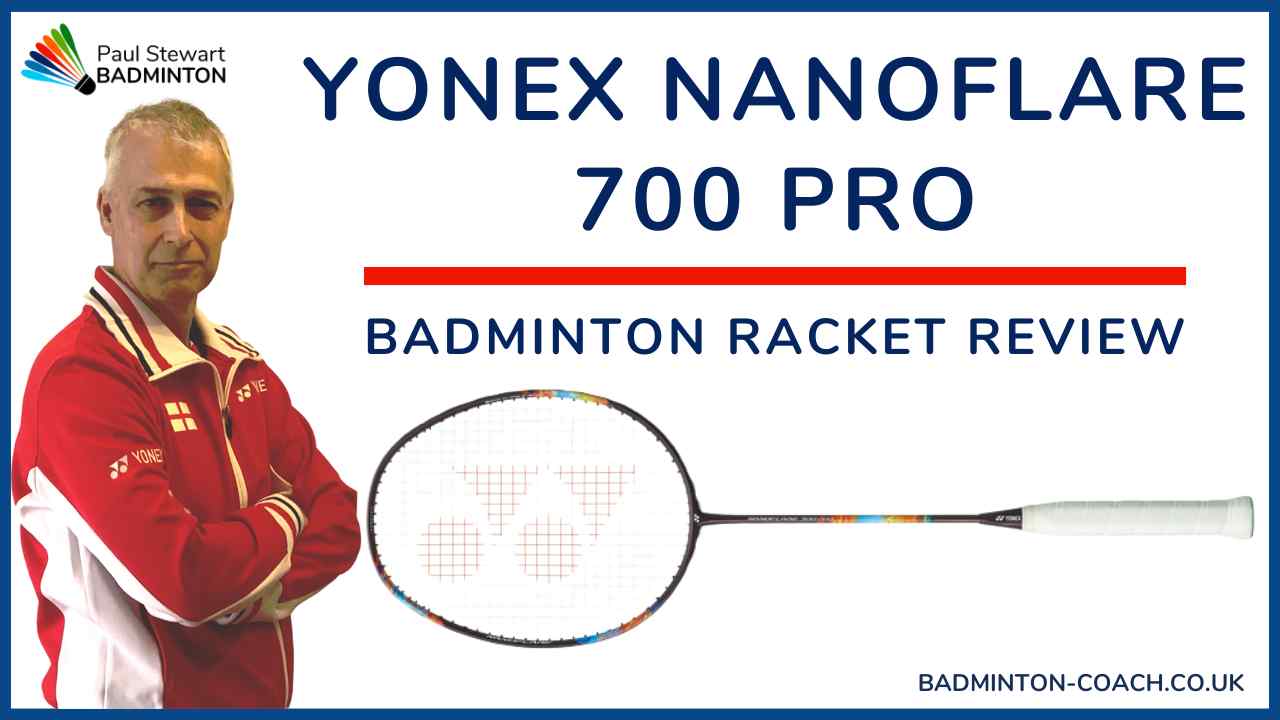

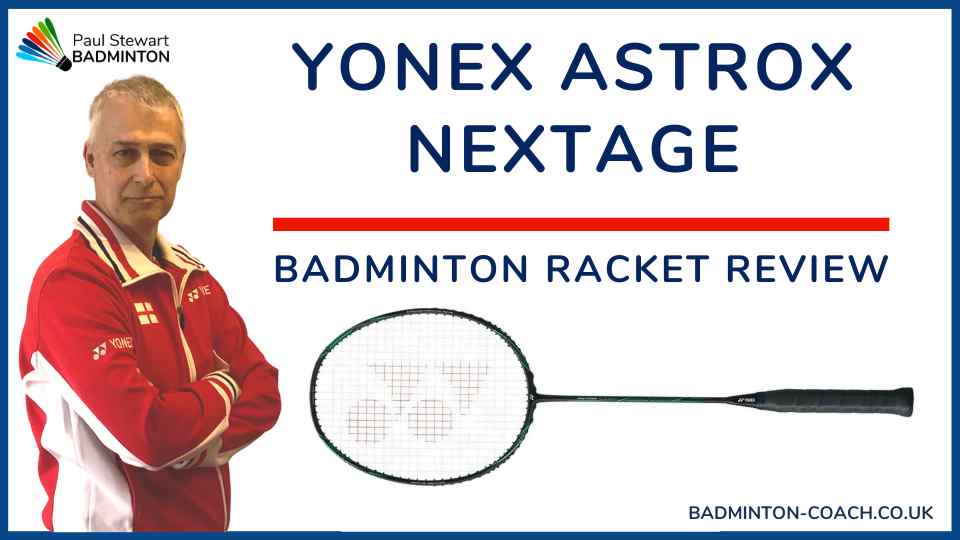

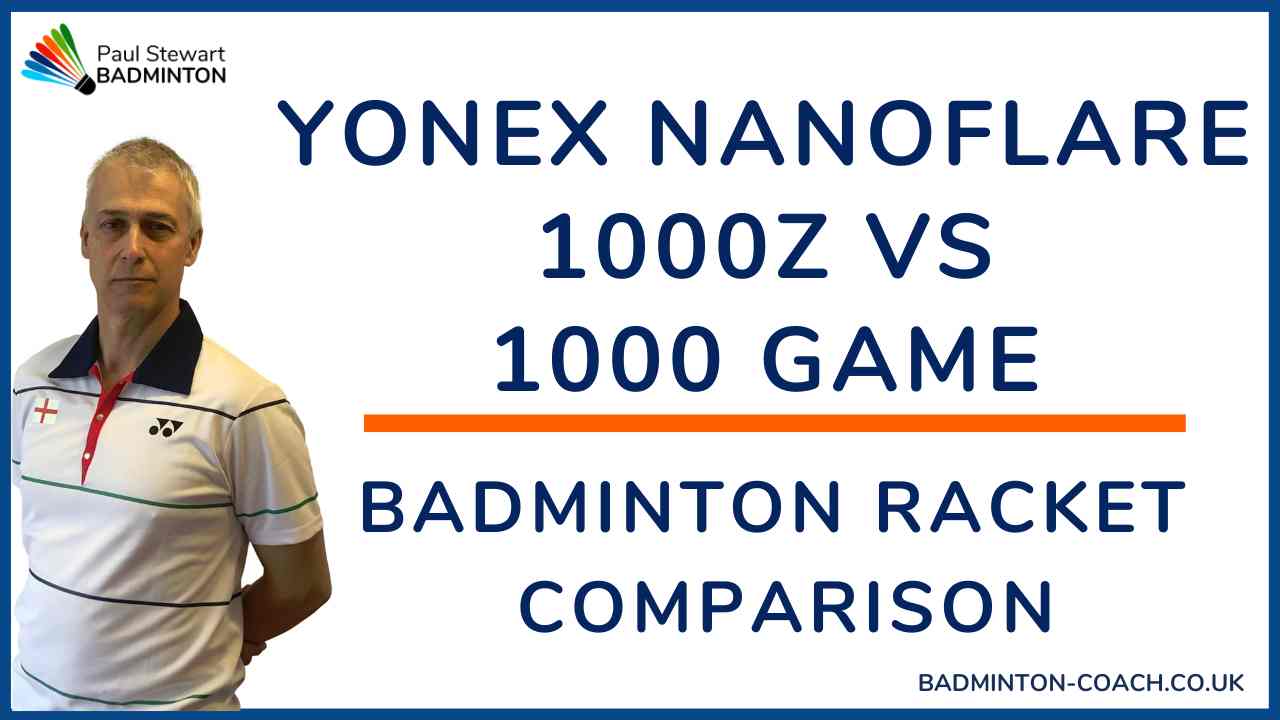
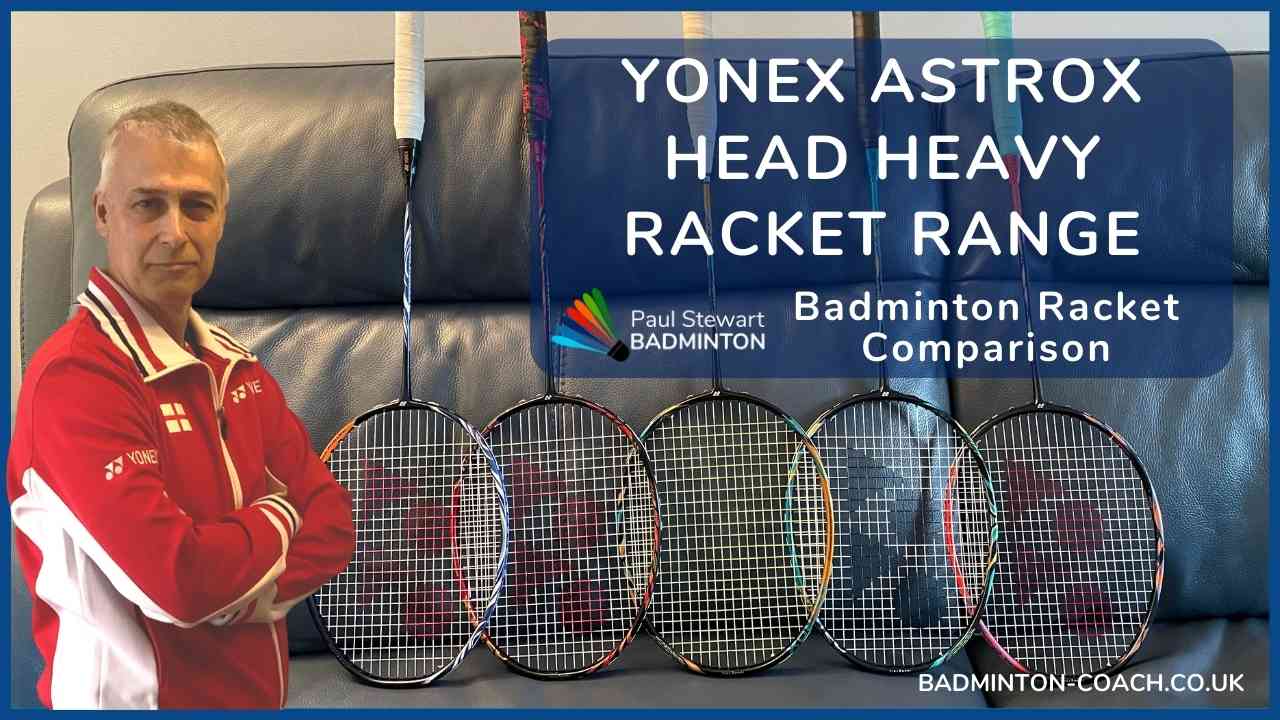

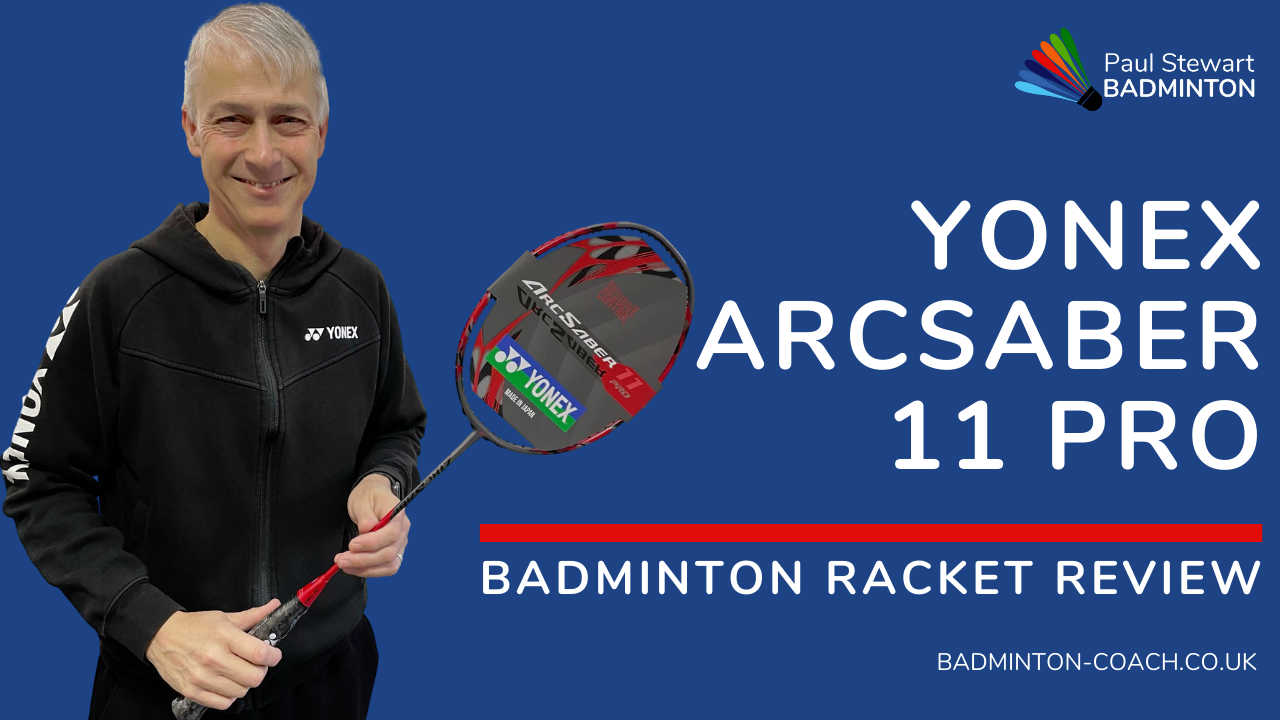

[…] Previous Next […]
[…] Designing Winning Tactics In Badminton – Part 2 […]
What would be an example of their favorite shot? How specific does it have to be? One of our club member likes to do a very tight slow drop shot from the back of the court. Is that an example? and the strategy would be to wait for their fav shot and go try to play a tight spin net shots (it’s very tight so hard to kill, unless you brush it)
Yes this is a good example. A favourite shot is generally repeated often in a game and therefore becomes readable. However, this shot is usually extremely accurate as it’s well groomed so you need to have a good response to counter it.
Syed, you have the right idea here. Expect the favourite shot and make up your mind early what reply you will use. This removes the doubt in the execution stage of the shot.
Paul
Hi Paul
Really great posts. I think anyone reading will be encouraged to look at their game in its entirety. One point I would like to make is that anyone playing doubles needs to be generous with their partners.As you point out communication with your partner is vital.There is nothing better than seeing the opposition bickering and blaming each other. Looking forward to the next instalment.
Keep up the good work
Roger
Paul,
Some great advice there. I like the part about focusing on your weaker shots. If you are playing at a club then speak to the coach (if you have one) and ask for help to improve a specific stroke or move (don’t give them a long list…try to fix and focus on one thing at a time). If your club doesn’t have a coach then think about seeking out independent coaching. You can do it yourself but beware of developing a bad technique!
The other thing I would say is watch games – professional and club. Look at the movement, shot selection and try to look for tactical plays (set pieces); too often you will go to your club, play a game and then sit on the side and talk about work/last night’s football results with a friend. Try taking the time to watch the games. Would you have played that shot? What would you have done in that situation? What could you have done to change the outcome of the rally? Where were the players weak? How can you exploit that when you play them?
Looking forward to the next installment. Good luck everyone!
Regards
John